Protecting the skin from the sun is very important. This is something that we shouldn’t skip on no matter how busy we are. Using a few seconds to apply sun protection already goes a long way, and that has been a part of my skincare routine for a very long time. I can remove everything when I’m really in a hurry, but I would never remove applying sunscreens because I don’t want to end up with skin cancer or other skin problems.
You see, the sun has UVA and UVB rays that can cause skin damage and premature skin aging. I myself have seen the effects of prolonged exposure to the sun without protection, and I made sure to save my skin before any serious problems could happen. I started using sun protection in my teenage years, and back then I wasn’t aware of the dos and don’ts of using it. I simply applied it in the morning and didn’t think that it needed reapplication. Silly me, I know. But now I’ve made it a habit to follow instructions on using products so that I can get all the benefits and protect my skin thoroughly. I also read about the ingredients I use on my skin. And that’s how I found out about chemical sunscreens.
What are chemical sunscreens, you ask? They are the ones that protect against the harsh UVA and UVB rays with the use of chemical filters. They are different from physical sunscreens that deflect or block the sun’s rays; chemical sunscreens absorb these instead. Because of the manner in which these sunscreens protect you from the sun, physical sunscreens are also called sunblock or inorganic sunscreen while chemical sunscreens are referred to as organic sunscreen.
If they can both be called sunscreen, how do you identify which is which? Here’s a tip: chemical sunscreens don’t have that white cast that is often left behind by the thicker sunblock. Chemical sunscreens also tend to be runny, making them easier to apply even underneath makeup. Organic sunscreens are better at protecting against the entire spectrum of UVA and UVB rays, although this will still depend on the chemical filter found in a particular product. Inorganic sunscreen needs reapplication, but it will be effective immediately. Meanwhile, a chemical sunscreen needs some 20 minutes before it starts taking effect.
If you make me read all these things, I’d say that I would definitely choose chemical sunscreens over physical ones, so I can’t blame you if you also did. However, there’s more to the story and there are facts that manufacturers aren’t telling us because, well, it will be their sales spiraling downwards if the real truth about chemical sunscreens came to light.
What makes chemical sunscreens so controversial anyway? You see those benefits I listed? I will admit, I found it easier to switch to chemical sunscreens because of those—I was uninformed back then, so I thought I was just using a better formulation of sunscreen. However, these qualities that make chemical sunscreens the better option are quickly undone by the dangers that come with them. Upon inspecting the chemical filters used in these sunscreens, I found out that not only were these chemicals harmful for the skin, but they could also affect our children because they penetrate through the skin and can mix with milk produced in the body.
I have spent a lot of time weighing the pros and cons of chemical sunscreens, but saying that they are harmless all in all would also be inaccurate. Instead, let me tell you about the different kinds of chemicals that may be used in sunscreens. There are avobenzone, octylcrylene, homosalate, octinoxate, octisalate, helioplex, uvinul T 150, oxybenzone, tinosorb S and M, 4-MBC, mexoryl SX and XL, and uvinul A plus. Among all these, there are only nine that are commonly used in the USA while others are used in Europe and are being petitioned to be allowed in the US.
Avobenzone is apparently the best of all these chemical filters, but unfortunately, it is also the least stable. It doesn’t penetrate the skin as much as the other chemicals do, and it also doesn’t disrupt the body’s hormones. The sad thing is that it easily falls apart unless stabilized by other chemicals. Octisalate, which is often combined with avobenzone to stabilize it, is moderately toxic, with traces still found in a mother’s milk but with only less than 1% skin penetration. However, there’s the issue of it affecting hormones like progesterone, androgen, and estrogen. Meanwhile, the two most toxic chemical filters, Oxybenzone and octinoxate, are widely used in sunscreens despite their alarming skin penetration and irritation problems. They can disrupt hormone production and traces of these have been found in some milk samples.
If even up to this point you are not convinced that chemical sunscreens are not good for the skin, here’s the bomb for you: they generate free radicals. That’s right. The free radicals that we are trying to remove by consuming foods rich in antioxidants and lathering on anti-aging creams can come from these seemingly useful sunscreens. I don’t want that. What about you?
All seemed well and good about chemical sunscreens at first until I looked at the dangers that they have. Aside from affecting milk and hormones, and leaving traces in the skin, these chemical filters can also cause skin irritation. So many products already cause skin irritation, so I definitely did not want my sunscreen to do that. It can also sting the eyes upon contact, and some may have allergic reactions to it. Meanwhile, physical sunscreens using zinc oxide are so safe that they are even used on diaper rash creams. I would gladly use physical sunscreens instead and try to do something about the chalky appearance it gives my skin rather than having to worry about more things. I just wish that those creating sunblock would find a way to improve its formulation without lessening its effects so that I can layer it with makeup.
What do you think? Would you switch to physical sunscreens because of the dangers associated with chemical sunscreens? It is hard relying on physical sunscreens, but for me it’s still better than getting free radicals because of something that is supposed to be helping protect our skin. I am still waiting for a better sun protection to come along though.


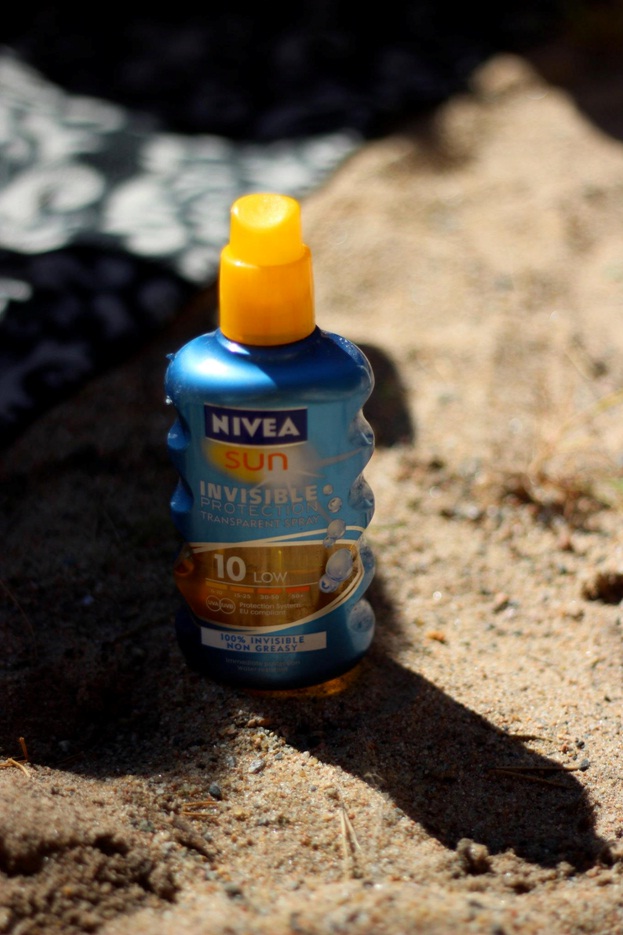
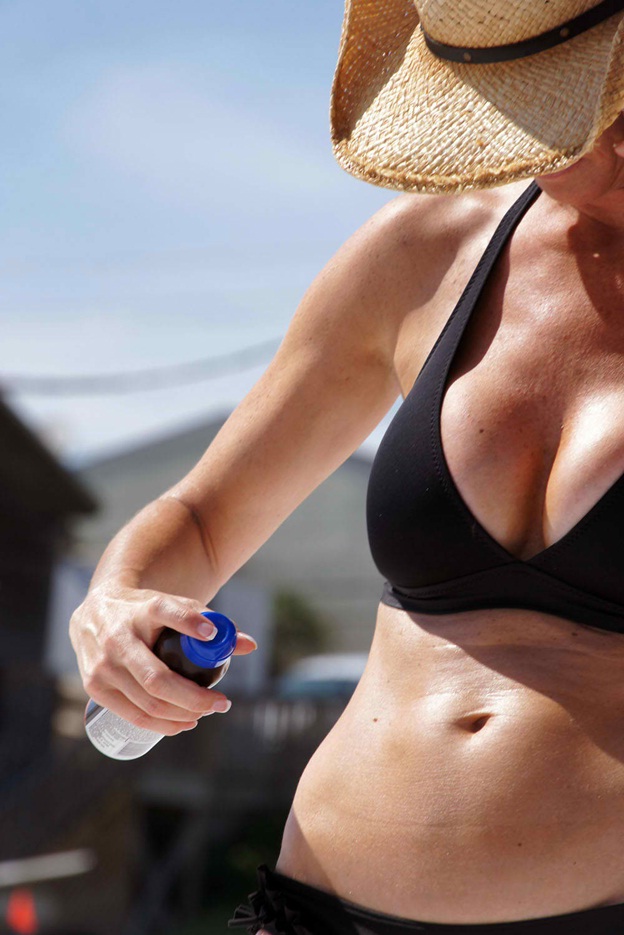
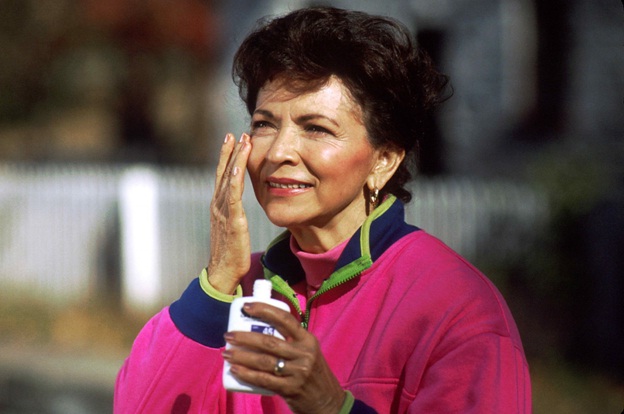
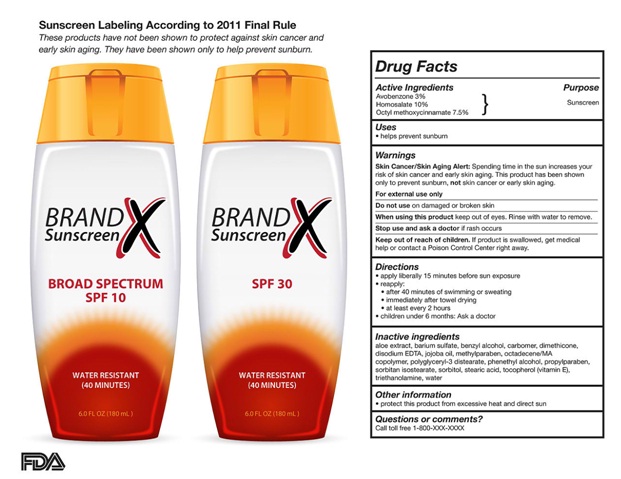

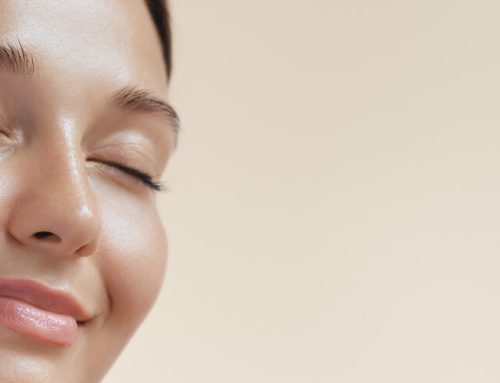
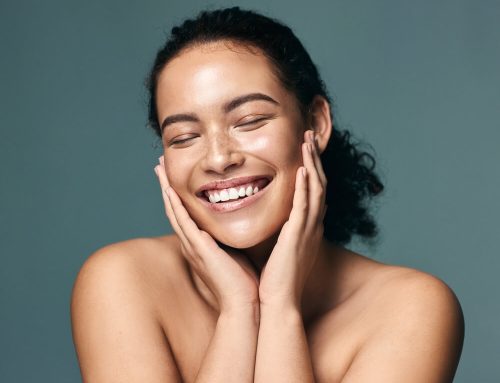
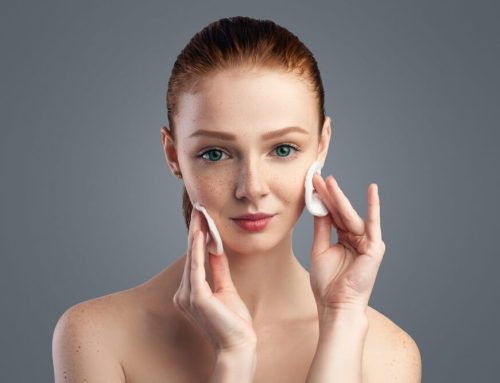
Leave A Comment